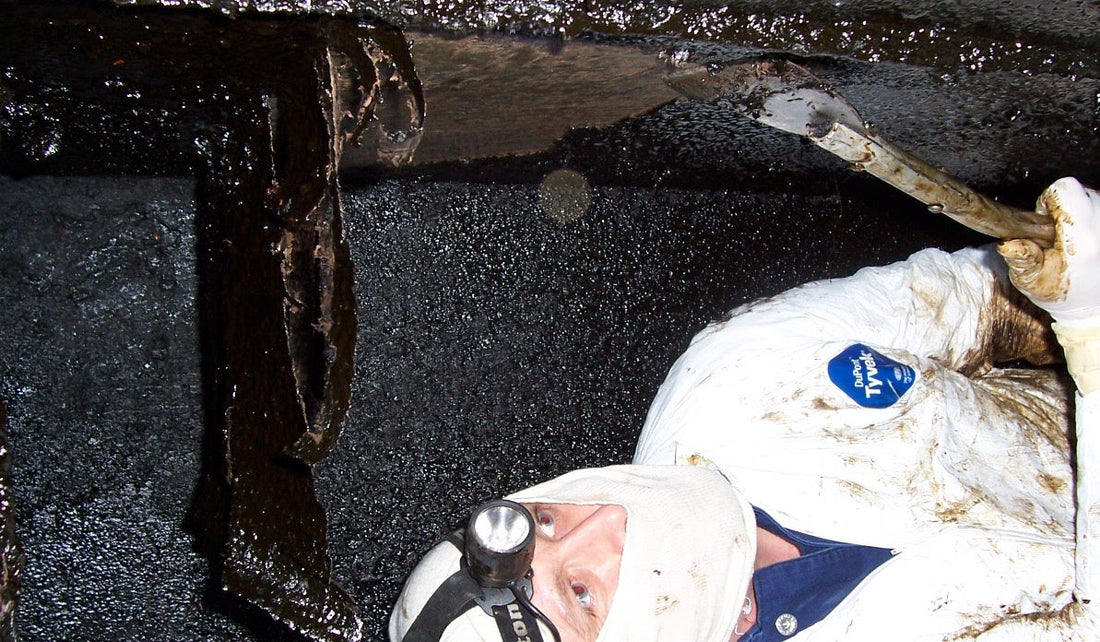In the specialized field of kitchen exhaust cleaning, certain tools are indispensable for ensuring that kitchens remain safe and clean. The right equipment not only enhances cleaning efficiency but also helps in maintaining adherence to industry standards. Below is a detailed guide on the essential tools required for kitchen exhaust cleaning, organized by their function and importance.
Scrapers
Scrapers are crucial for removing stubborn grease and buildup from exhaust systems. They come in various types, including putty knife scrapers, paint scrapers, and razor blade scrapers. Each type is suited for different surfaces and levels of buildup, making them essential for thorough cleaning. No kitchen exhaust cleaner should be without the Magnetic Duct Scraper
YOU CAN BUY VARIOUS SCRAPERS HERE KITCHEN EXHAUST SCRAPERS
Sprayers and Foamers
Sprayers and foamers are used to apply cleaning solutions effectively. Foamers, in particular, are valuable as they allow the cleaning chemicals to cling to vertical surfaces for deeper penetration and better cleaning results. These devices are equipped with various nozzles to adjust the application as needed.
YOU CAN BUY FOAMERS HERE KITCHEN EXHAUST FOAMERS
Pressure Washers
Pressure washers are a backbone tool in kitchen exhaust cleaning. Effective at removing grease and debris, they should have a minimum of 1000 psi capability for light jobs and up to 3000 psi for more intensive cleaning. Heated pressure washers are preferable for cutting through tough grease. For regular service jobs, if you are using the right hood cleaning chemical you can try the AR630-TSSHOT and run the restaurant's hot water through it
Wet/Dry Vacuums
Wet/dry vacuums are indispensable for clearing away loosened debris and water. They should have a substantial capacity, with built-in sump pumps preferred for continuous operation. These vacuums manage both wet and dry waste, making them versatile for various cleaning stages.
Hoses and Clamps
Quality hoses capable of handling hot water are essential for connecting to pressure washers. Braided high-pressure hoses are typically used because they can withstand the rigors of the task. Additionally, spring clamps are necessary for securing hoses and other equipment during use.
Ladders and Extension Poles
To reach high areas of the kitchen exhaust systems, ladders and extension poles are necessary. Ladders should be stable and robust, suitable for the height requirements of the job. Extension poles are used with scrapers and other tools to clean hard-to-reach areas.
Miscellaneous Tools
Other essential items include hose-to-faucet adapters, water hose nozzles, electrical extension cords, and trouble lights with impact-resistant bulbs. Tool dips improve grip on handles, enhancing safety and efficiency. Also, a variety of buckets, duct tape, wooden clothes pins, and plywood boards help in protecting kitchen equipment and managing cleaning processes.
Safety and Maintenance Equipment
While the focus here isn't on safety gear, it's crucial to note that hard hats, rubber gloves, waterproof boots, and high-quality rain gear are essential for personal protection. Maintenance tools such as wire brushes for cleaning tools and silicone caulking for repairs also play a critical role in the upkeep of the cleaning equipment.
Catch Bins (Wash Tanks)
Catch bins or wash tanks are used for soaking and cleaning smaller components like filters. These bins facilitate an easier and more thorough cleaning by allowing parts to soak in cleaning solutions, significantly reducing manual scrubbing effort.
Organizational Tools
Toolboxes are essential for keeping all small hand tools organized. These should be clearly labeled and divided by type and frequency of use, ensuring that every tool is easy to find and ready to use.
By equipping kitchen exhaust cleaning professionals with these essential tools, the cleaning process becomes more efficient, thorough, and compliant with industry standards. Proper tool maintenance and organization further enhance operational effectiveness, ensuring that kitchens remain safe and hygienic.


2 comments
Yes we a full kit with a foamer and a kit that just has scrapers https://bryanexhausttools.com/collections/bundles
Hi do you have a startup kit for someone looking to start cleaning exhaust system can I get price please thank you.